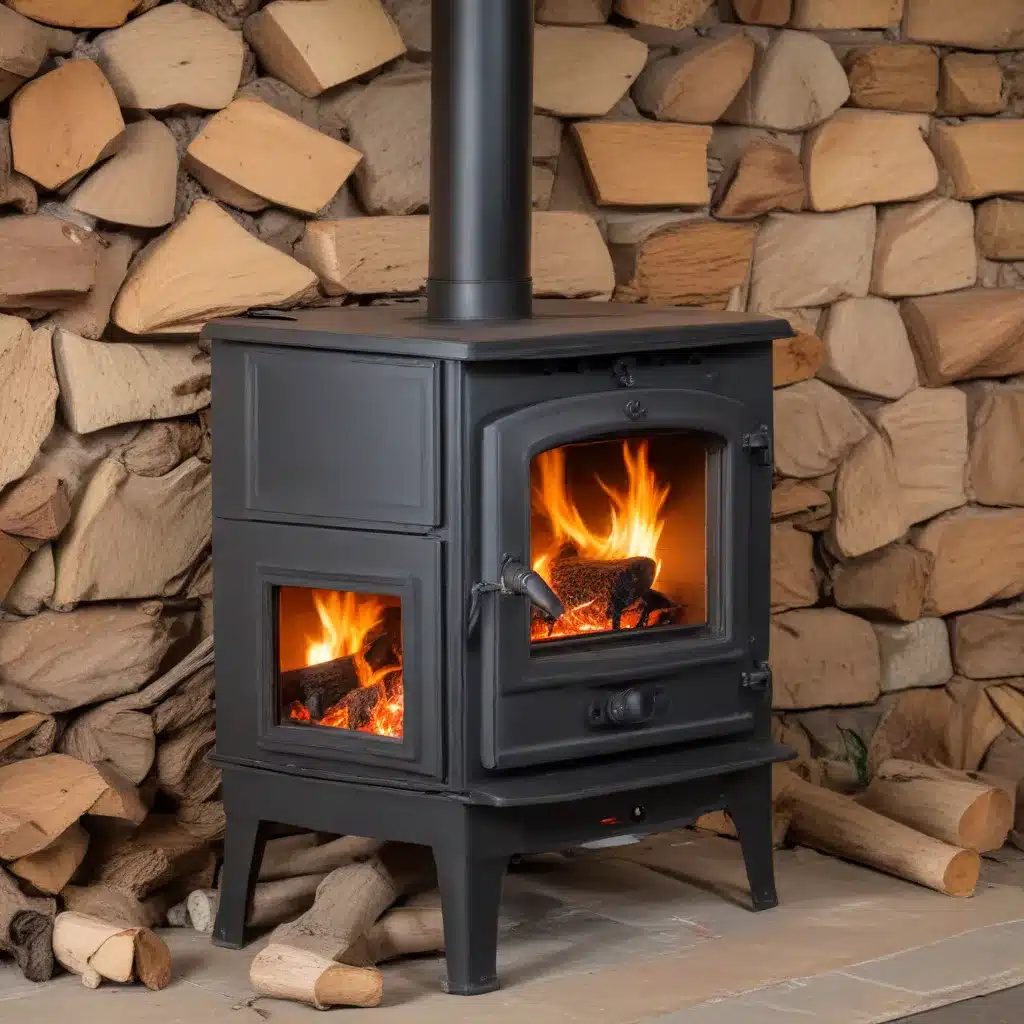
Unlocking the Potential of Wood Stoves: Balancing Efficiency and Compliance
As a seasoned expert in the world of wood stoves and heating solutions, I’m excited to share practical tips and in-depth insights to help you optimize the efficiency of your wood stove while ensuring compliance with urban regulations. In today’s eco-conscious climate, finding the right balance between performance and environmental responsibility is crucial, and I’m here to guide you through the process.
Understanding the Importance of Wood Stove Efficiency
Wood stoves have long been a popular heating solution, offering a cozy and sustainable alternative to traditional fossil fuel-based systems. However, in urban settings, where air quality and environmental regulations are often stricter, ensuring the efficient and compliant operation of your wood stove is paramount. By optimizing the efficiency of your wood stove, you can not only reduce your energy costs and environmental footprint but also contribute to the overall air quality in your community.
Factors Influencing Wood Stove Efficiency
Several factors play a crucial role in the efficiency of a wood stove, including the design of the stove, the quality of the fuel, and the way the stove is operated. Let’s explore these elements in detail:
Stove Design
The design of a wood stove can significantly impact its efficiency. Look for models that feature advanced combustion systems, such as secondary air inlets and baffles, which help to maximize the burn efficiency and reduce emissions. Additionally, consider the size of the stove, ensuring it is appropriately matched to the heating needs of your space.
Fuel Quality
The type and quality of the wood fuel you use can have a profound effect on the efficiency of your wood stove. Seasoned, dry hardwood, such as oak or maple, generally burns more cleanly and efficiently than softwood or unseasoned wood. Avoid using wet or treated wood, as it can produce more smoke and creosote buildup, reducing the overall efficiency of your stove.
Proper Operation
How you operate your wood stove can significantly impact its efficiency. Ensure that you follow the manufacturer’s instructions for proper loading, air flow, and maintenance. Maintain a consistent, hot burn by adding smaller, more frequent loads of wood, and avoid letting the fire smolder or die down completely.
Navigating Urban Compliance Regulations
In urban areas, wood stove owners often face additional compliance requirements to ensure their stoves meet air quality standards and local regulations. Understanding and adhering to these regulations is crucial to avoid fines, legal issues, and potential health and environmental concerns.
Emissions Standards
Many cities and municipalities have implemented strict emissions standards for wood stoves, often requiring the use of EPA-certified models that meet specific particulate matter (PM) and carbon monoxide (CO) emission limits. Before purchasing or operating a wood stove in an urban setting, be sure to research the applicable regulations and ensure your stove is compliant.
Permitting and Inspections
Depending on your location, you may need to obtain a permit and undergo periodic inspections to ensure your wood stove installation and operation meet local codes and safety requirements. Familiarize yourself with the permitting process and be prepared to provide any necessary documentation or allow access for inspections.
Smoke and Nuisance Regulations
Urban areas may also have regulations in place to address the impact of wood stove smoke on air quality and neighboring properties. Be mindful of local ordinances regarding smoke emissions, and take steps to minimize any nuisance or disturbance caused by your wood stove, such as avoiding excessive smoke or odors.
Strategies for Optimizing Efficiency and Compliance
To help you navigate the delicate balance between wood stove efficiency and urban compliance, here are some key strategies to consider:
Invest in an EPA-certified Wood Stove
When selecting a new wood stove or replacing an existing model, prioritize EPA-certified stoves that meet the latest emissions standards. These stoves are designed to burn more cleanly and efficiently, reducing the environmental impact and increasing compliance with local regulations.
Implement Proper Maintenance and Cleaning
Regular maintenance and cleaning of your wood stove are essential for maintaining optimal efficiency and reducing emissions. Follow the manufacturer’s recommendations for cleaning the chimney, removing ash, and inspecting for any wear or damage.
Optimize Fuel Management
Carefully manage the type and quality of the wood fuel you use. Opt for seasoned hardwood, and avoid using wet or treated wood, as these can produce more smoke and creosote buildup, reducing efficiency and increasing emissions.
Educate Yourself on Local Regulations
Familiarize yourself with the specific wood stove regulations in your area, including any permitting requirements, emissions standards, and smoke or nuisance ordinances. Stay informed about any changes or updates to these regulations to ensure your wood stove remains compliant.
Engage with Local Authorities
If you have any questions or concerns about the compliance requirements for your wood stove, don’t hesitate to reach out to your local authorities, such as the fire department or environmental agency. They can provide valuable guidance and assistance to help you navigate the regulatory landscape.
Conclusion: A Sustainable Future with Wood Stoves
By understanding the factors that influence wood stove efficiency, adhering to urban compliance regulations, and implementing strategic optimizations, you can unlock the full potential of your wood stove as a sustainable and efficient heating solution. As we continue to strive for a greener future, the responsible use of wood stoves can play a crucial role in reducing our environmental impact while providing the warmth and ambiance we crave.
Remember, the team at Wood Stove Heaters is here to support you every step of the way. If you have any further questions or need additional guidance, don’t hesitate to reach out. Together, we can create a more efficient and sustainable heating future, one wood stove at a time.


